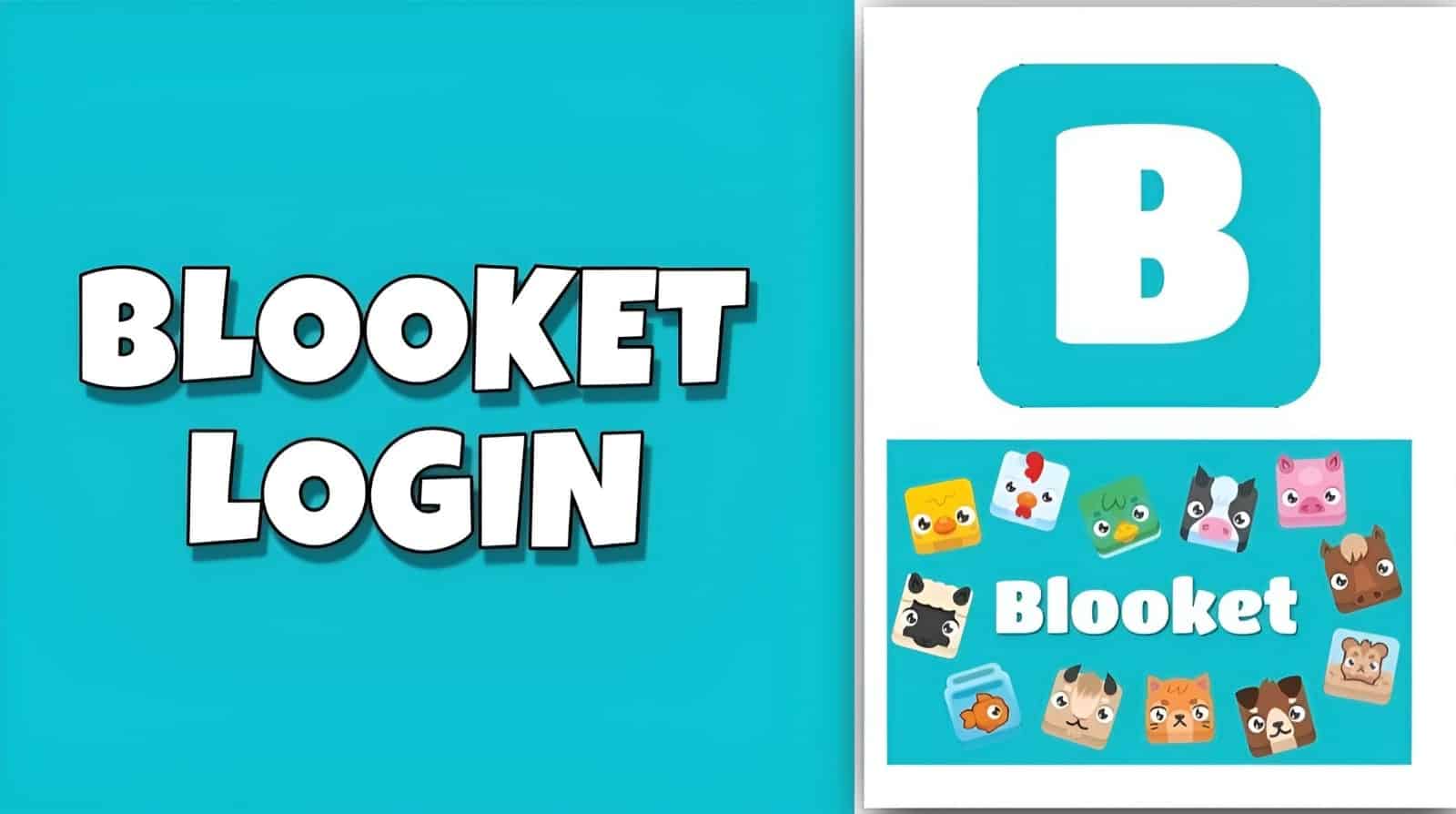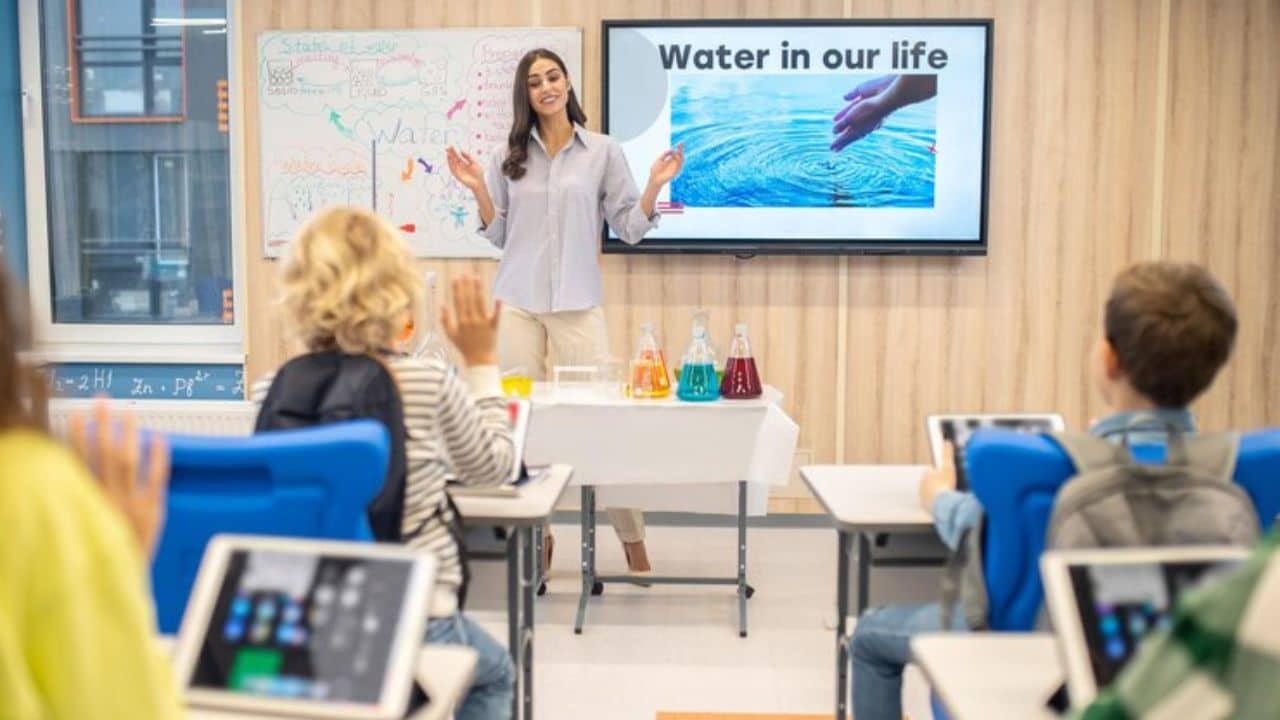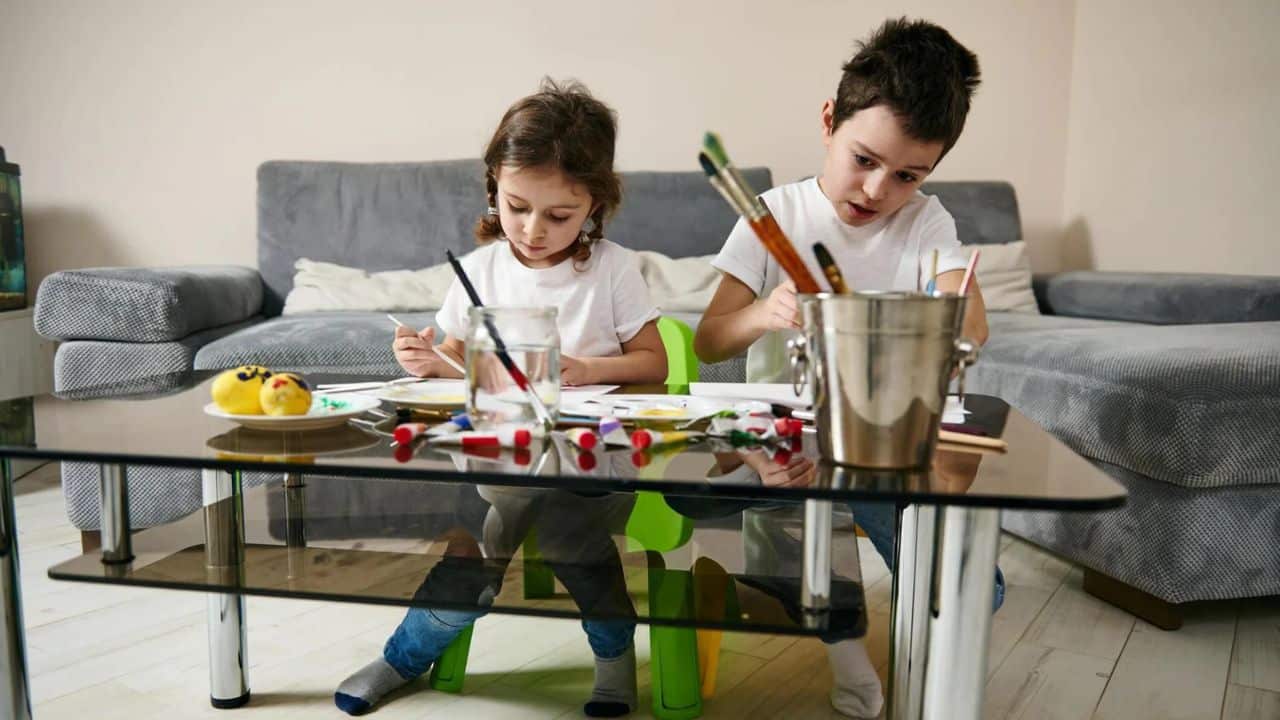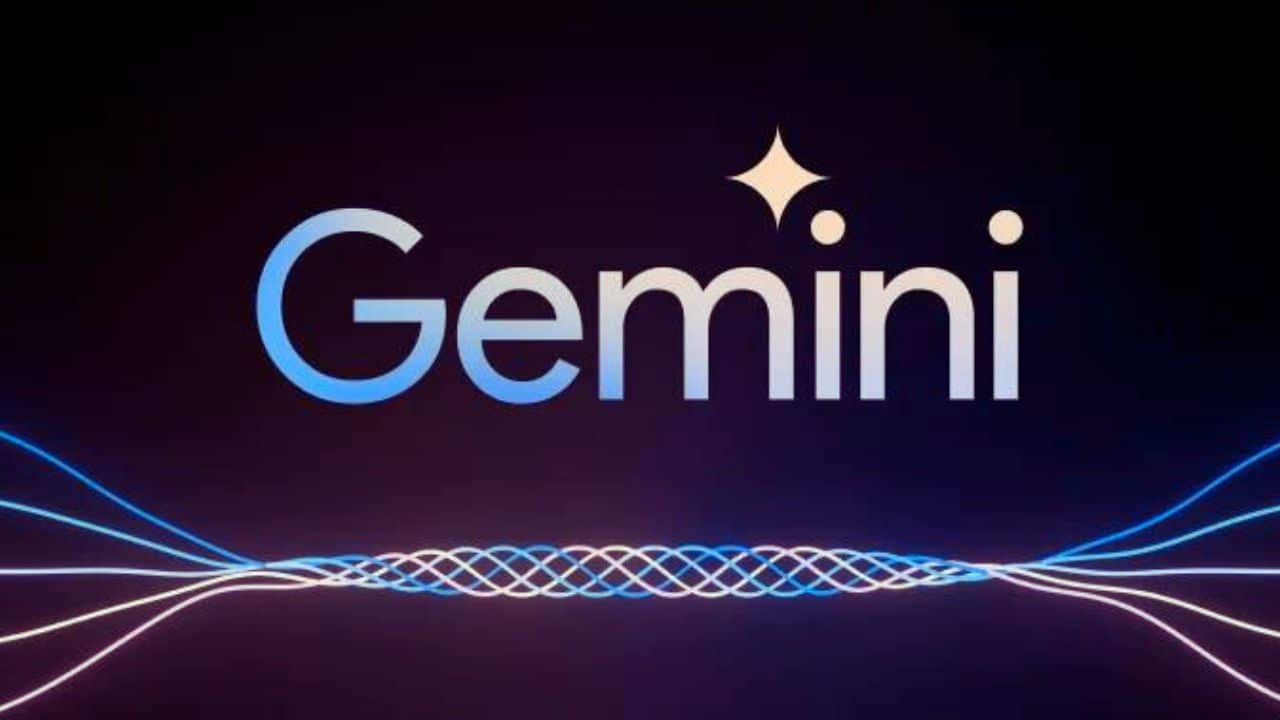David Warlick states, “We need technology in every classroom and every student’s and teacher’s hands because it is the pen and paper of our time, and it is the lens through which we experience much of our world.”
Over the past few years, technology has transformed our lives in several ways to improve humankind. Traditionally, teaching and learning in schools involved using non-technical tools such as blackboards, chalks and dusters, books, notebooks, files, etc. However, due to the outburst of the COVID-19 pandemic, the education industry faced a decline. To prevent that, schools shifted from traditional teaching techniques to new-age teaching approaches, such as smart classroom management systems.
According to the World Economic Forum, “technology benefits a child with virtual feedback, making learning more fun and interactive. A smart classroom enables kids to think apart from the academic curriculum and equip them with skills that help them overcome real-life problems.”
Teaching and learning are now becoming fun and exciting as the involvement of new technologies, like classroom management software, makes the learning experience more engaging and enjoyable. In addition, the introduction of digital classrooms has increased interest in studies among students, resulting in better learning outcomes.
Smart Classrooms – A New Paradigm for Teaching and Learning
So what does a smart classroom really mean? How is it revolutionizing the education sector? Smart or digital classrooms refer to technology-enhanced classrooms led by teachers. They are equipped with several modern tools, technologies, and digital equipment to make learning and teaching more effective and interactive for students and teachers respectively. Some of the tools that power a digital classroom include:
- Computers
- Projectors
- Interactive Whiteboards
- Audio/Visual Capabilities
- Specialised Software
- Audience Response Technology
- Networking
- Assistive Listening Devices
Smart classroom management systems use these tools and technologies to provide students with the best and most effective learning experiences. Let’s break down these tools further to understand exactly how they turn an ordinary classroom into a smart one.
Interactive Tools That Form a Smart Classroom
A smart or digital classroom is an emerging method of delivering quality school education. While students are offered quality education by elaborating and formatting the theory and concepts using cutting-edge tools, teachers use classroom management systems to teach students courses and concepts digitally. Some interactive tools for smart classrooms include:
- Interactive Whiteboard: Smartboards or interactive whiteboards have a built-in smart class app, a touch-sensitive display, and many other handy features designed to replace traditional whiteboards.
- Educational Software: It is a classroom software that helps deliver the academic curriculum, enables teachers to supervise students’ attendance and academics, and helps them create exam schedules.
- Digital Podium: These are integrated systems that deliver thoughtful and innovative lectures and presentations using digital equipment like a mic, speakers, etc.
- OMR Scanner (Optical Mark Reader Scanner): Digital classrooms use OMR Scanners during exams and tests. Students are given questionnaires and multiple-choice questions, which they need to answer by filling in a “bubble” or “mark.”
- Student Response System: The student response system records students’ responses and generates error-free aptitude evaluations in a few seconds, thus saving teachers time and energy.
- Speakers: Speakers are used in digital classrooms to ensure the teacher is audible to every student so that no one misses any essential detail provided in classrooms.
- Wireless Microphone: Microphones help teachers and educators teach students while enhancing mobility in a large classroom effortlessly.
- Interactive Display Panels (IDPs): IDPs are LED panels with huge interactive screens, which are used to represent 2D 3D animations, pictures, videos, etc., to their students. They make visual learning more effective and interactive than traditional learning.
- Graphics Tablet: The digitiser, or graphics tablet, has been gaining popularity among students as it promotes reading, taking notes, making diagrams, etc., lessening the need for buying books for different subjects and saving much money.
- Document Camera/Visualiser: A document camera or visualizer allows teachers and educators to project documents on large screens, giving a more transparent view to help students understand complex concepts quickly and efficiently.
How Are Smart Classrooms Transforming Schools?
Several schools have adopted the classroom management system, and many look forward to implementing it. Smart classrooms help transform schools in various ways, some of which are mentioned below:
- Flexibility in Teaching and Learning: Every student grasps lessons and concepts differently. Some students might grab the course instantly, while others may require repetition. Therefore, it is challenging for educators to meet the needs of every student individually. A digital classroom allows teachers to deliver a tailored learning experience according to every student’s preferences.
- Interactive Learning Experience: We often think that the advent of technology may distract children. However, if truth be told, it helps students actively participate in classroom activities with proper interaction with teachers and classmates.
- Eco-friendly: Eco-Friendly tools and gadgets, such as tablets, laptops, etc., are used in smart classrooms for teaching and learning concepts. Students can use these gadgets with books and workbooks to enhance their learning experience. These eco-friendly tools reduce the need for traditional stationery tools like pens, papers, pencils, etc.
- Improved Collaboration: Using smart boards in schools helps increase student engagement extensively. Smart classroom technologies enable students to collaborate easily without preparing notes or posters. Students can collect their research and ideas digitally, which is entirely collaborative.
- Easy Access to Online Resources: Projectors and Digital Display Boards are often synchronized with desktops and the Internet in smart classroom management systems. Students can acquire knowledge and increase their understanding levels as they can access all the information on the Internet anytime, anywhere.
Final Thoughts
With all the tools, features, and benefits mentioned above, a smart classroom is a stroke of luck for the present education system in India and the world. Classroom management systems boost students’ confidence and contribute to their personal and professional growth. They encourage students to participate actively in the learning procedure and take the initiative in the classroom. Therefore, the smart classroom management system is a must-have tool for every school looking to improve the overall teaching and learning experience.













































